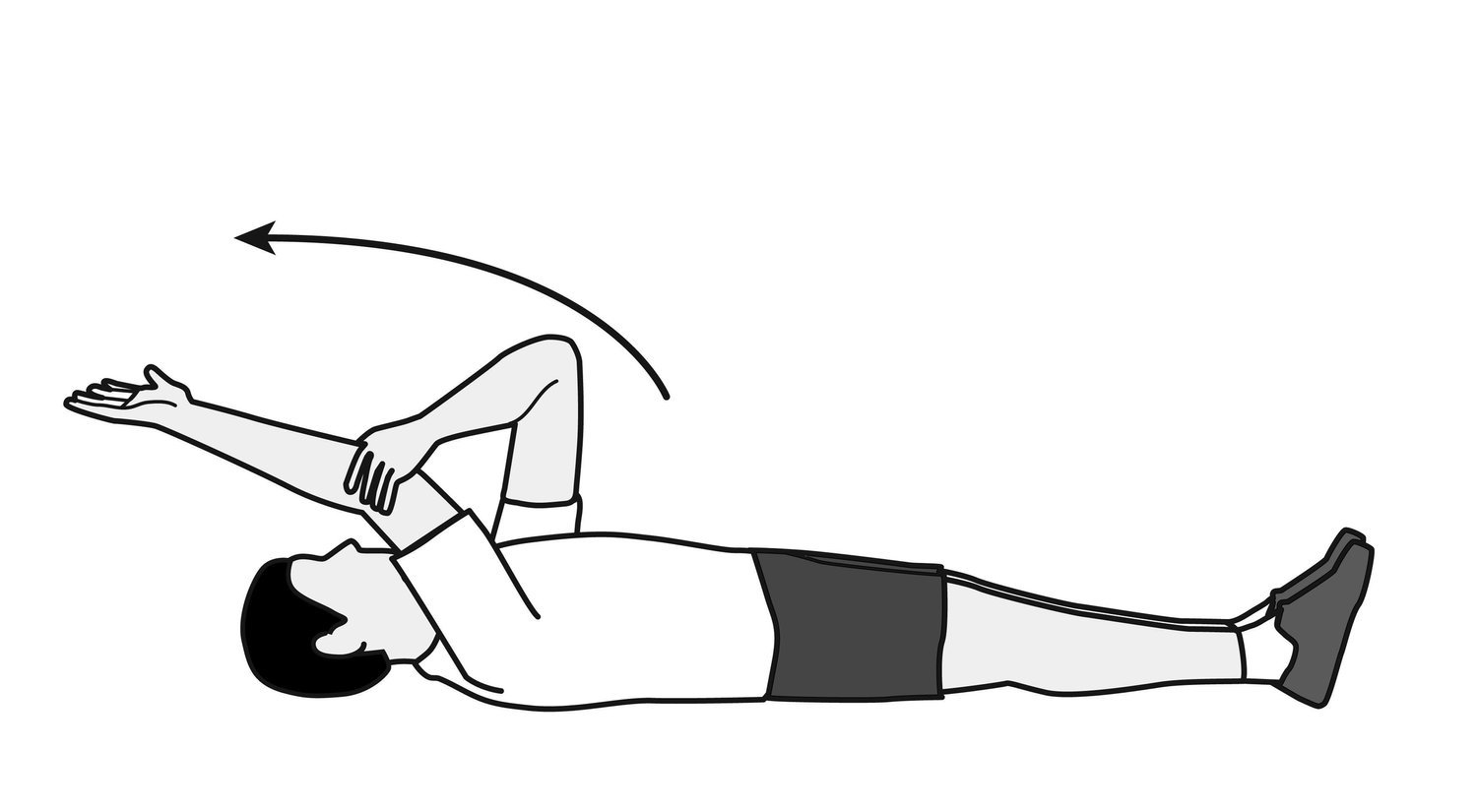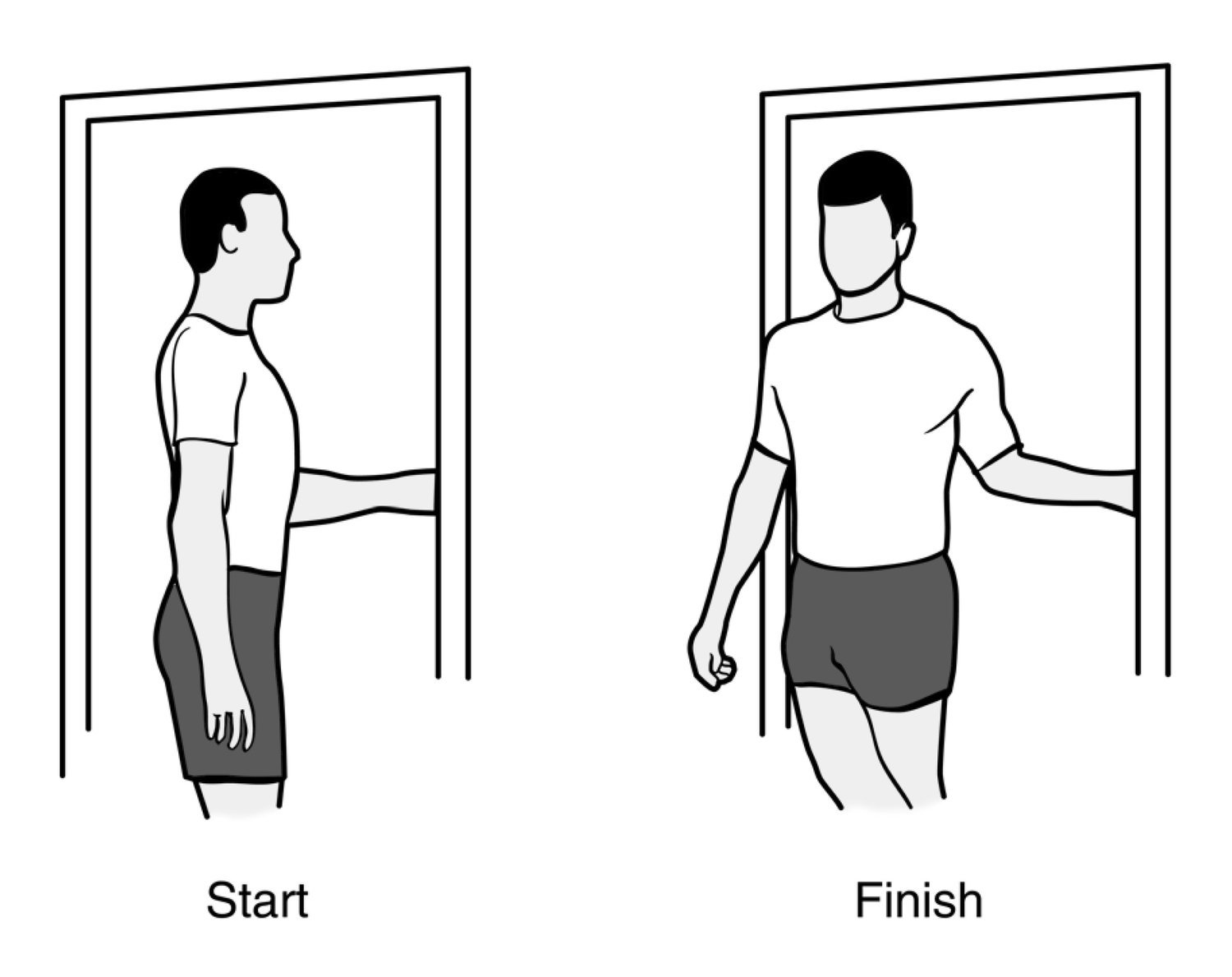Frozen Shoulder
What is frozen shoulder?
Adhesive Capsulitis or “frozen shoulder” is a disorder with symptoms such as pain + loss of motion or stiffness in the shoulder. The cause for getting frozen shoulder is not always understood, but frozen shoulder can develop after a shoulder is injured or immobilized for a period of time. The process involves the thickening + contracting of the capsule surrounding the shoulder joint. Early motion of the shoulder after it has been injured can also cause frozen shoulder.
Frozen shoulder affects about 2% of the general population. It’s most common in women between 40-70 years old.
Immobility or reduced mobility
People who've had to keep their shoulder somewhat-still (low rang are at higher risk of developing frozen shoulder. Restricted movement can be the result of many factors, including:
Recovery from surgery
Rotator cuff injury
Broken arm
Stroke
Frozen shoulder progresses in 3 stages. They are:
1. Freezing stage
Every movement of the shoulder causes pain, and the shoulder's ability to move becomes limited. This stage lasts about 2 - 9 months.
2. Frozen stage
Pain might lessen during this stage. However, the shoulder becomes stiffer. Using it becomes more difficult. This stage lasts from 4 - 12 months.
3. Thawing stage
The shoulder's ability to move begins to improve. This stage lasts from 5 - 24 months.
Nonsurgical Treatment
Most people with frozen shoulder improve with treatments to control pain + restore motion, such as:
Non-steroidal anti-inflammatory medicines:
Pain-relieving medicines like aspirin & ibuprofen reduce pain and swelling.
Steroid injections:
Cortisone, an anti-inflammatory medicine that is injected directly into your shoulder joint, has been known to be quite effective for most people.
Hydrodilatation:
If your symptoms are not relieved by other nonsurgical methods, your doctor may recommend hydrodilatation. This procedure involves gently injecting a large volume of sterile fluid into the shoulder joint to expand and stretch the shoulder joint capsule. Hydrodilatation is conducted by a radiologist who uses imaging to guide the placement of fluid.
Ortho-Bionomy®:
Read below to learn how Ortho-Bionomy® can be helpful to recovering from frozen shoulder.
Physical therapy:
Specific exercises will help restore motion. Therapy includes stretching or range of motion exercises for the shoulder. Sometimes heat is used to help loosen the shoulder up before stretching. Below are examples of some of the exercises that might be recommended.
Red Light LED Therapy:
Read below to learn how Red Light LED Therapy can be helpful to recovering from frozen shoulder.
Self Care for Frozen Shoulder
Images reproduced and modified from JF Sarwark, ed: Essentials of Musculoskeletal Care, ed 4. Rosemont, IL, American Academy of Orthopaedic Surgeons, 2010.
Crossover arm stretch
Gently pull your arm across your chest (just below your chin) as far as possible without causing pain. Hold for 30 seconds. Relax and repeat.
Forward Flexion - Supine Position
Lie on your back with your legs straight. Use your unaffected arm to lift your affected arm overhead until you feel a gentle stretch. Hold for 15 seconds and slowly lower to start position. Relax and repeat.
External Rotation - Passive Stretch
Stand in a doorway + bend your elbow to 90* to reach the doorjamb. Keep your hand in place and rotate your body as shown in the illustration. Hold for 30 seconds. Relax + repeat.
Ortho-Bionomy® + Frozen Shoulder
How Ortho-Bionomy® can help frozen shoulder
Colene uses Ortho-Bionomy® techniques, which cause less strain + pain while working on problem areas throughout your body. The principle behind Ortho-Bionomy® is to helping your body realign to its natural state
Ortho-Bionomy® has 7 points on the shoulder that are used to release tension. Through holding those points + giving the body space to self-correct, the client gets more movement with less pain. Less range of motion in the shoulder requires frequent, consistent sessions to maintain progress made.
For people who need more frequent sessions, special pricing can be offered.
Red Light LED Therapy + Frozen Shoulder
How Red Light LED Therapy can help frozen shoulder
Red light LED therapy works by boosting cellular energy which encourage + enhance your body’s ability to heal itself. Red light + near-infrared wavelengths can deeply enter into the muscle + joint tissue to effectively alleviate pain, increase circulation, and decrease inflammation.
Read our blog on LED Light Therapy to learn more!
Add Red Light LED Therapy to your next session
OR purchase your own Celluma device for at-home care from Colene.
Happy Clients
Nancy:
I had a surgery in 2013 and was doing physical therapy for my shoulder. That helped a bit, but I didn’t feel where I wanted to be. I first sought out Colene for better range of motion and to decrease my pain. She more than exceeded my expectations of my recovery and now I see her regularly for maintenance.
Linda:
In the course of one month of weekly sessions, Colene freed up my frozen shoulder enabling me to sleep on my left side again and play golf without discomfort. Her techniques prevented me having to go to physical therapy. Colene has a special talent for intuiting what your body needs!
Surgery doesn’t fully bring back full range of motion… but Ortho-Bionomy can!
Lora:
Colene was an absolute miracle worker in helping me deal w/my frozen shoulder. Her multiple therapeutic skills eased the pain as well as minimized any loss of function and flexibility. Because she has so much experience w/frozen shoulder she was able to offer advice and realistic timeframes for improvement, which was invaluable to me. It was a long road to recovery but I know I would not have recovered as quickly or fully without Colene! Thank you!!
Sources:
https://www.mayoclinic.org/diseases-conditions/frozen-shoulder/symptoms-causes/syc-20372684
https://orthoinfo.aaos.org/en/diseases--conditions/frozen-shoulder/ (graphics + information)
https://health.uconn.edu/orthopedics-sports-medicine/conditions-and-treatments/where-does-it-hurt/shoulder/frozen-shoulder/
https://associationdatabase.com/aws/SOBI/asset_manager/get_file/466020
https://www.celluma.com/blogs/blog/led-light-therapy-and-arthritic-pain-what-you-should-know





